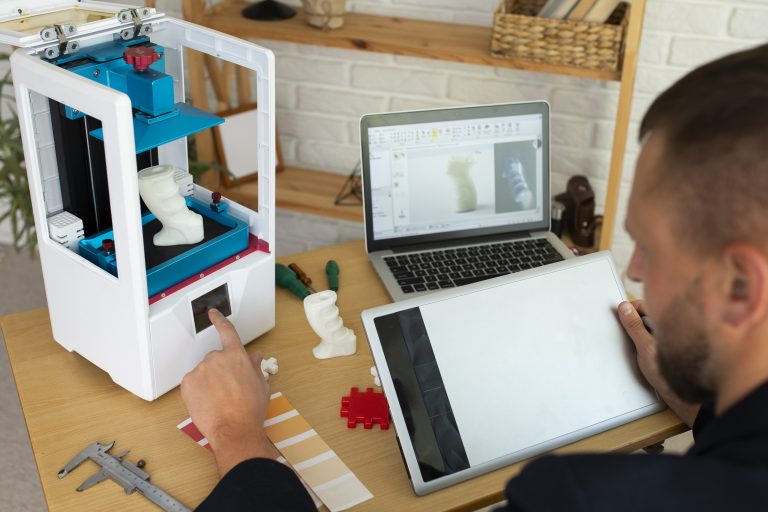Plastic prototyping is arguably the most essential part of any plastic injection moulding project. It enables the customer and manufacturing team to test a proposed product design for useability, performance, appearance, safety and long-term feasibility. Prototyping can be described as the stage when an idea becomes tangible. Plastic prototyping helps to increase productivity, protect against rising costs and solve problems around functionality and safety. A smaller amount of money invested in plastic prototyping at the start of a project could save a huge amount of unnecessary financial costs later on, not to mention frustration and delays.
How does Plastic Prototyping work?
There are a number of key stages involved in plastic prototyping. First, an idea for a product or component will be brought to the table and discussed in detail. A large part of these initial discussions will revolve around visualisation. It is far easier to imagine how something will work if you can ‘see’ it, rather than just have someone else talk or write about it. This visualisation process can begin with 2D sketches, but creating a 3D model will be far more beneficial as the idea evolves further down the line.
Once initial product design ideas are finalised, the protype is created using plastic injection moulding techniques. This versatile manufacturing process is ideal for plastic prototyping and all stages of product design. Custom moulds are created from highly complex specifications. These ensure that prototypes exactly match the dimensions, shape and scale of the proposed designs. Plastic injection moulding allows very small quantities to be produced, even down to one single prototype unit to avoid unwanted minimum order sizes. There is therefore little to no wastage and product designs can be adjusted simply and cost-effectively by creating new, bespoke moulds.
After testing and approving the prototype, a larger, but still limited number of pre-production samples can be made using the exact same moulds and materials, just scaled up as needed. Finally, full-scale orders can also come from the same moulds and chosen materials once the customer signs off the pre-production samples. All this uses the same machines, teams, moulds and choices of plastic materials, colours and textures. If a customer later needs to come back to reorder stocks, it is very simple to create new prototypes if requires. This could be to explore upgrades or increase a product range, or make adjustments resulting from customer feedback or updates to industry best practice.
What are some of the benefits of plastic prototyping?
Thanks to being able to create bespoke, single unit orders for quality testing and validation, plastic prototyping enables early detection of design flaws. This enhances the safety of the finished product, as well as improving its performance and solving problems that could result in a recall or other production crisis further down the line. Customers can receive more accurate estimates of production costs, manufacturing timings and requirements for materials and staffing for their product’s eventual full run. This helps with things like budgets and balance sheets.
Plastic injection moulding teams can investigate which machines work best for the project, and carry out several test runs before committing to the full order. Testing and quality control can be integrated into the project right from initial design stage and improvements can be made much sooner, to prevent small errors developing into major issues. Customers can invite wider industry or consumer feedback on prototypes and have any approved ideas incorporated into the next stage of plastic prototyping. This kind of collaborative working is rising in popularity at the moment and has been proven to be highly beneficial.
Finally, if funding is needed for the latter stages of a project, potential investors often like to see, hold, play with and test a 3D prototype. Far more compelling than relying on paper sketches or slideshows to make what could be substantial financial decisions. Customers may also prefer to show plastic prototypes to their own clients. This can give people a better idea of what the finished product looks like that a company will eventually be selling to them. Again, offering the chance for people to see something new in 3D form and touch and test it themselves can be a powerful selling tool.

